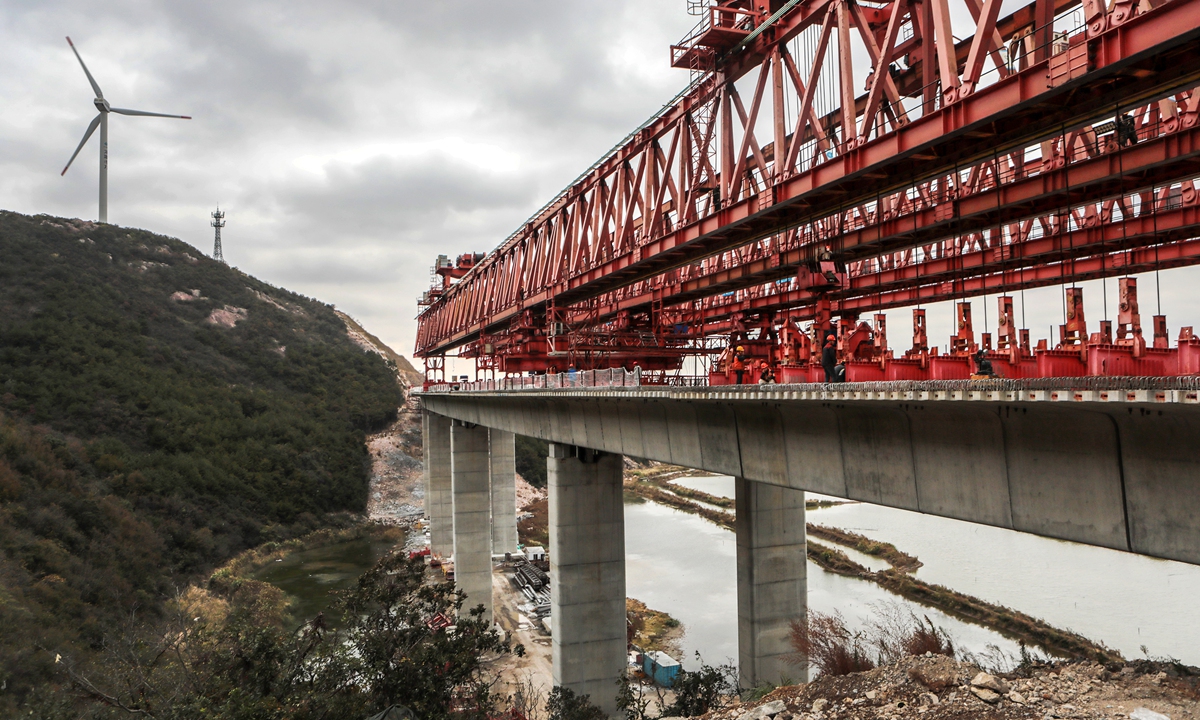
The main construction tasks for the Xiaobangwan Bridge, part of the main passageway at Zhoushan Port in Ningbo, East China’s Zhejiang Province, is successfully completed on November 23, 2020.
"A bridge will fly to span the north and south, turning a deep chasm into a thoroughfare."
Since ancient times, bridges have had a profound significance for Chinese people.
Today, China's bridge construction technology is bolstered by independent core technologies and advanced equipment, making these bridges not only dazzling landmarks of national infrastructure but also representatives of the economic leap and technological confidence of the Chinese path to modernization.
Recently, the "Traditional design and practices for building Chinese wooden arch bridges" was inscribed onto the Representative List of Intangible Cultural Heritage of Humanity by UNESCO. China's ancient bridge building wisdom of "bridges over water, corridors on bridges, and an integration of the two" has astonished the world.
After years of learning, innovation, and practice, China has developed a complete set of technology and domestically produced equipment to meet the design, construction, and manufacturing needs for crossing mountains, seas, and entering cities. The scale and technical level of these projects are world-leading, signifying China's advancement in bridge construction.
On Wednesday, after more than four years of construction, the Huangmaohai Cross-Sea Passage opened to traffic. With a length of 31 kilometers, it ranks among China's 10 longest cross-sea passages, linking Zhuhai City and Jiangmen City in South China's Guangdong Province.
In the Yangtze River Delta, the cross-sea connectivity has hit the "accelerate" button for development. A bridge connecting eight islands of the Zhoushan Islands in East China's Zhejiang Province was fully completed and opened in 2021.
Meanwhile, the 29.2-kilometer-long Hangzhou Bay Cross-Sea Railway Bridge is under construction and will be the world's longest cross-sea high-speed railway bridge upon completion.
These bridges have also driven the rise of previously economically weaker regions, greatly improving people's quality of life.
Guizhou Province, the only province in China without a plain, has broken through the transportation bottlenecks constraining its economic and social development in recent years by building roads over mountains and bridges over waters, constructing a "high-speed plain" among its lofty mountains and ridges.
Currently, Guizhou boasts over 30,000 bridges, both completed and under construction, encompassing nearly every bridge type. It is known as the "World's Bridge Museum." Among the world's 100 tallest bridges, 51 are in Guizhou, including four in the top 10, according to Xinhua News Agency.
For example, after the completion of the Zangke River Bridge that straddles the Zangke River in April 2024, the travel time between its two banks will be reduced from one hour to one minute.
In addition, the magnificent scenery of these bridges has boosted tourism. Some areas have developed a series of activities around their bridges, such as high-altitude swings, rapid descent experiences, and skywalks, attracting a large number of tourists and enabling locals to benefit from tourism.
Global Times
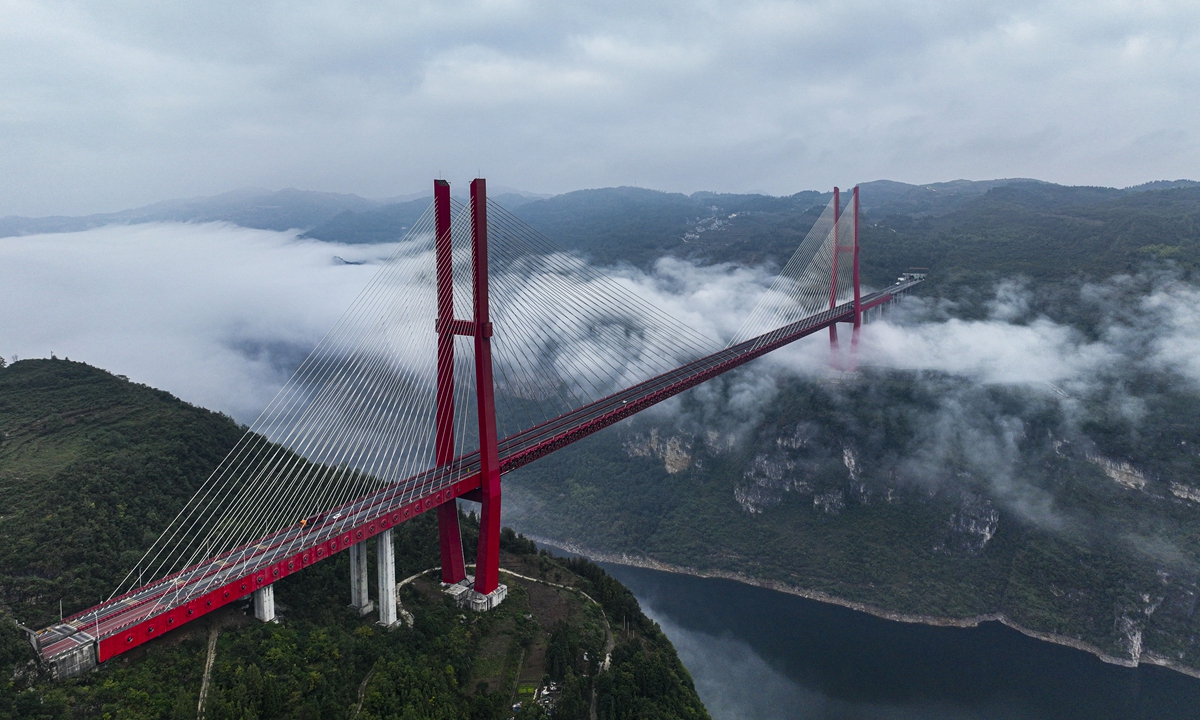
The Yachi River Bridge blends with the surrounding mountains and lucid waters, forming a magnificent landscape in Bijie city, Southwest China’s Guizhou Province, on October 18, 2024.
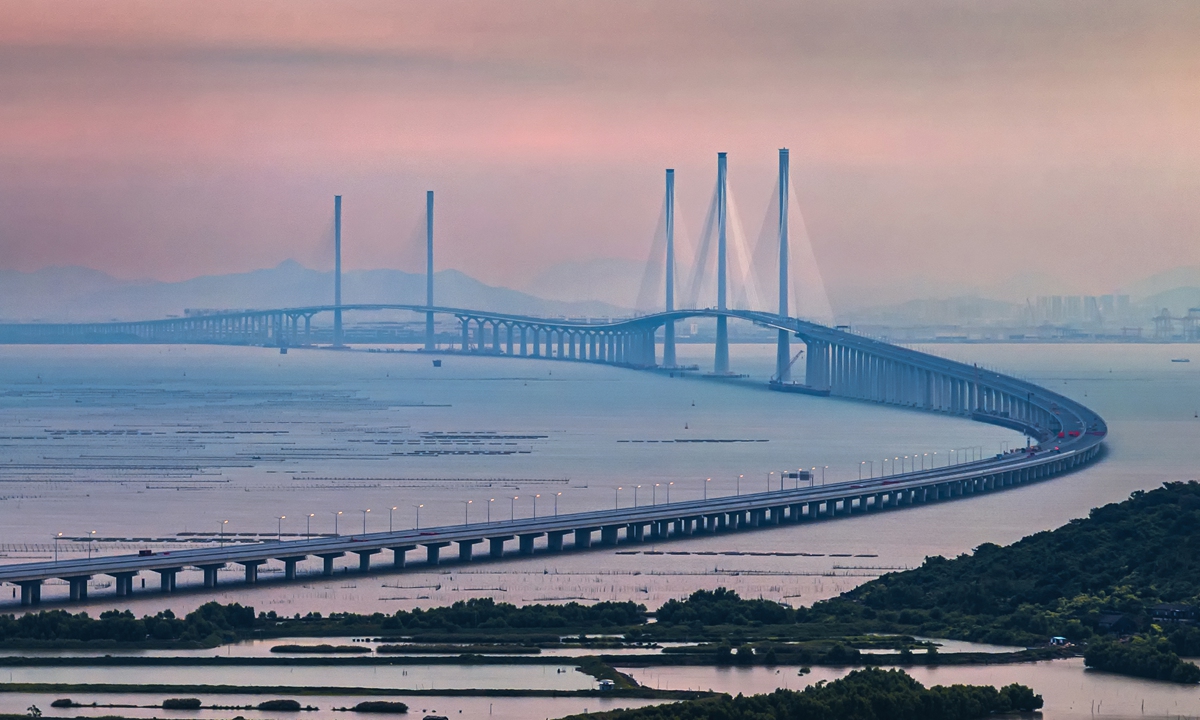
The Huangmaohai Cross-Sea Passage, a super engineering project in the Greater Bay Area in South China, opens to traffic on December 11, 2024. Photos on this page: VCG
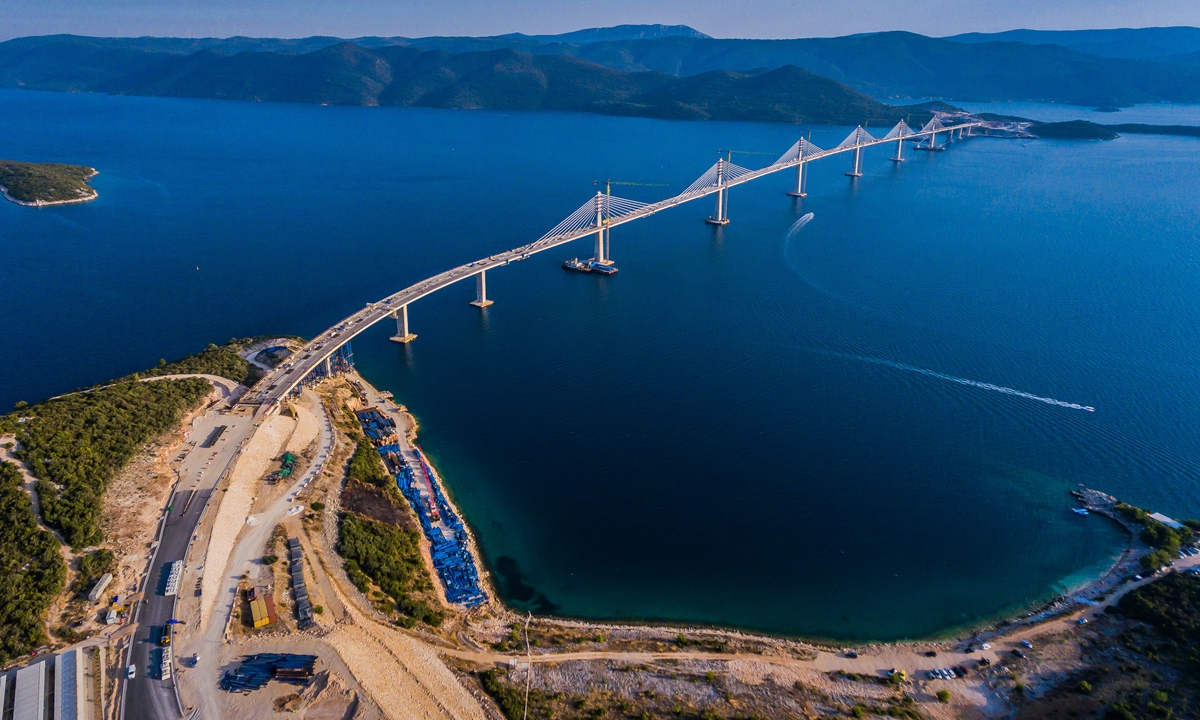
An aerial view of the Chinese-built Peljesac Bridge in Croatia
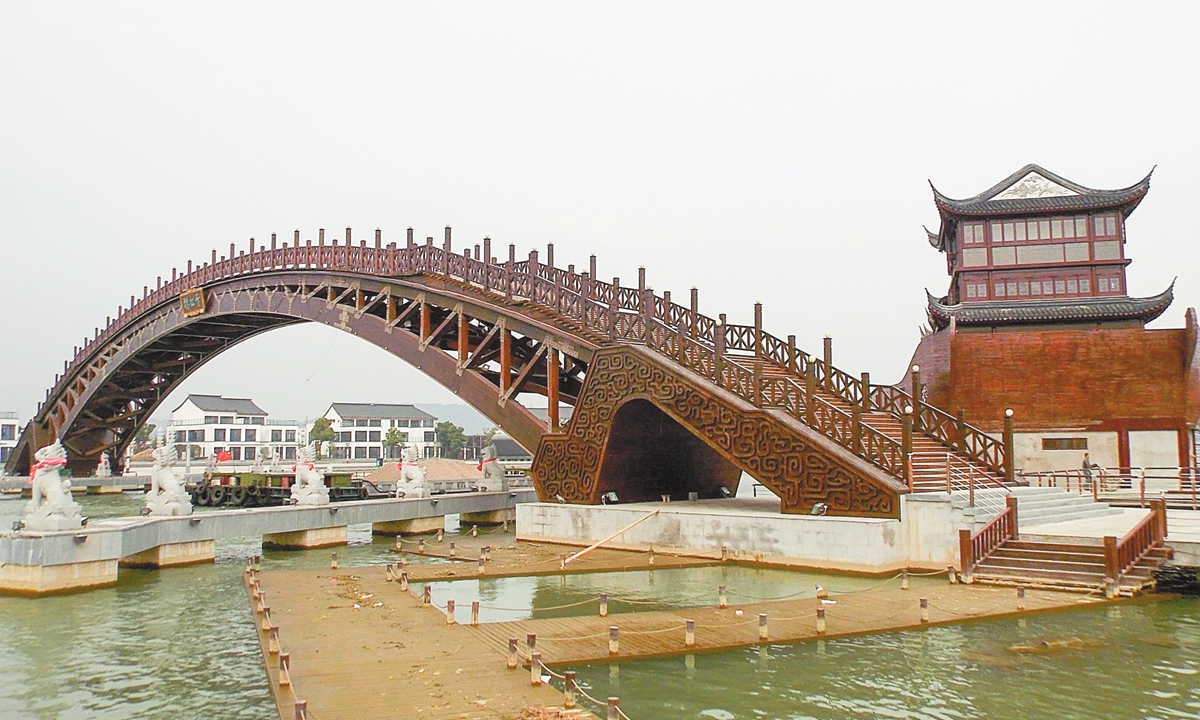
A wooden arch bridge crafted by artisans from Suzhou, located in Suzhou, East China's Jiangsu Province
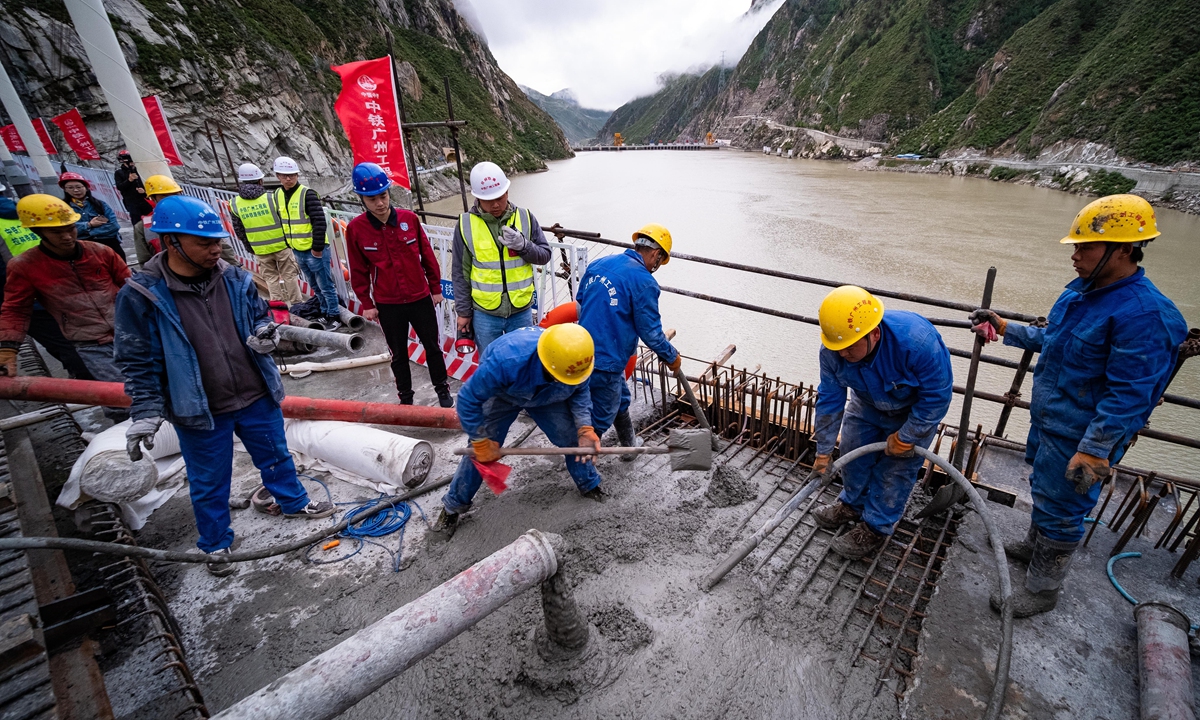
The Zangmu Grand Bridge in Gyaca county, Southwest China’s Xizang Autonomous Region, successfully completes its main girder closure on June 20, 2020.









